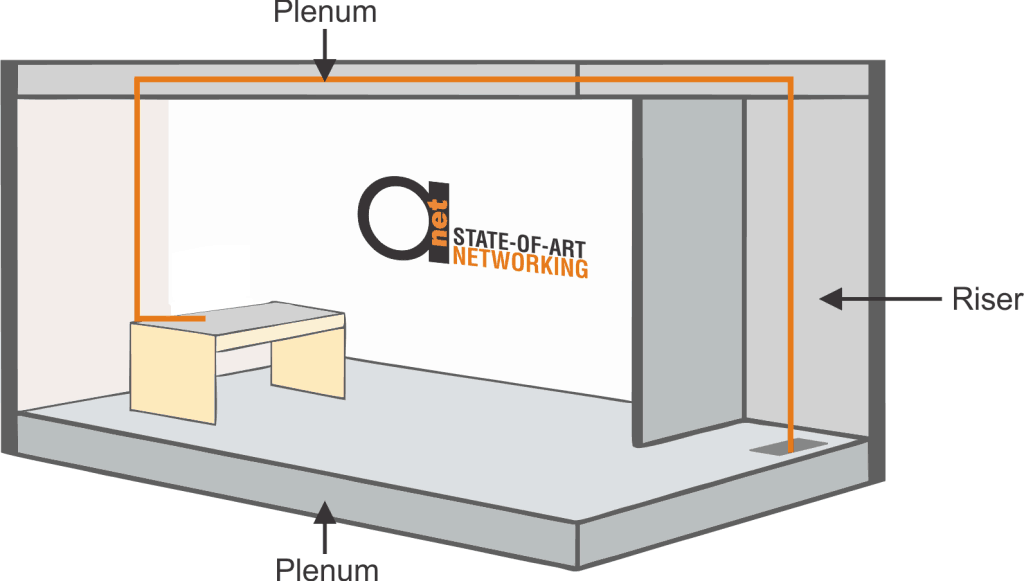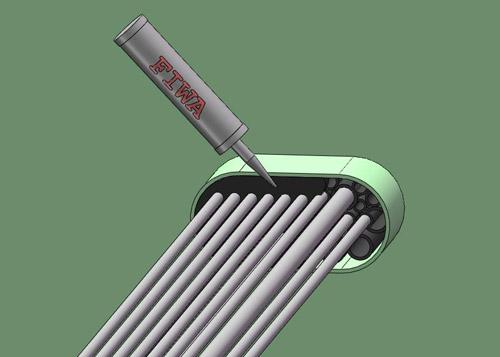Anyone related to building, networking, or cable installation should know basic types of cables, and all the ways how the cables can be installed in the building. First thing one should know (especially when working with modern office buildings) that many offices use plenums for cable installations and network distributions.
Plenum is the space between structural ceiling and the false ceiling (those cells you see so often in the office).
In some buildings is located below the living/office area, and is a space between structural floor and false floor. Either way, if it is being used for air circulation and ventilation, it must reach some specific standards and can be used for cable deployment.

If the cables must be deployed in the plenum, it is important to remember that cables that will be deployed there must reach several standards on flammability, heat resistance, and amount of smoke cable generates when burning. These standards differ from country to country, so we will not provide any standards here. If the one requires such information the one should search for it NEC (National Electrical Code) or similar documentation.
Another important part of the building that should be noted when deploying cabling is the riser. It is a vertical connection between floors that allows communication within the building in the Y axis. Since riser is having cables that go through the whole building, it is a vulnerable point in the building in case of fire. That’s why cables in the riser are having even more strict fireproof standards than the plenum ones.

Another standard for cables is the “general purpose”. These types of cables are mostly used for horizontal installations between wiring closet (node on the floor) and the wall outlet (last node before client). In most installations however, riser cables are used for this purpose, due to relatively small price difference between “general purpose” cables and “riser cables.
Do you know 5 most popular myths about Plenum cables?


